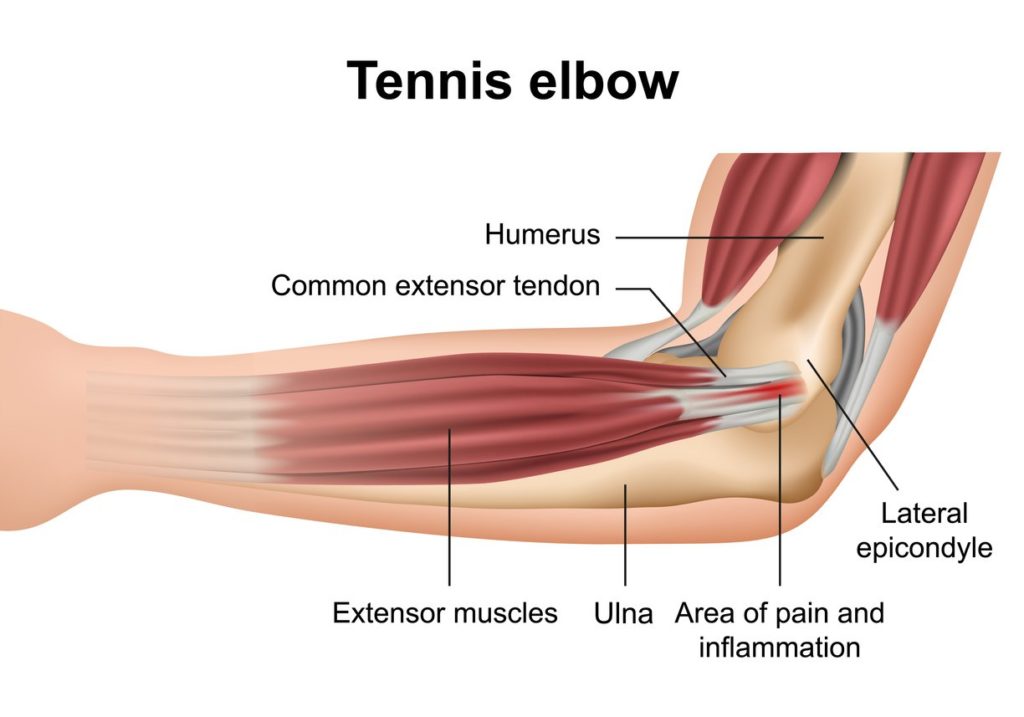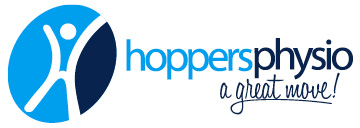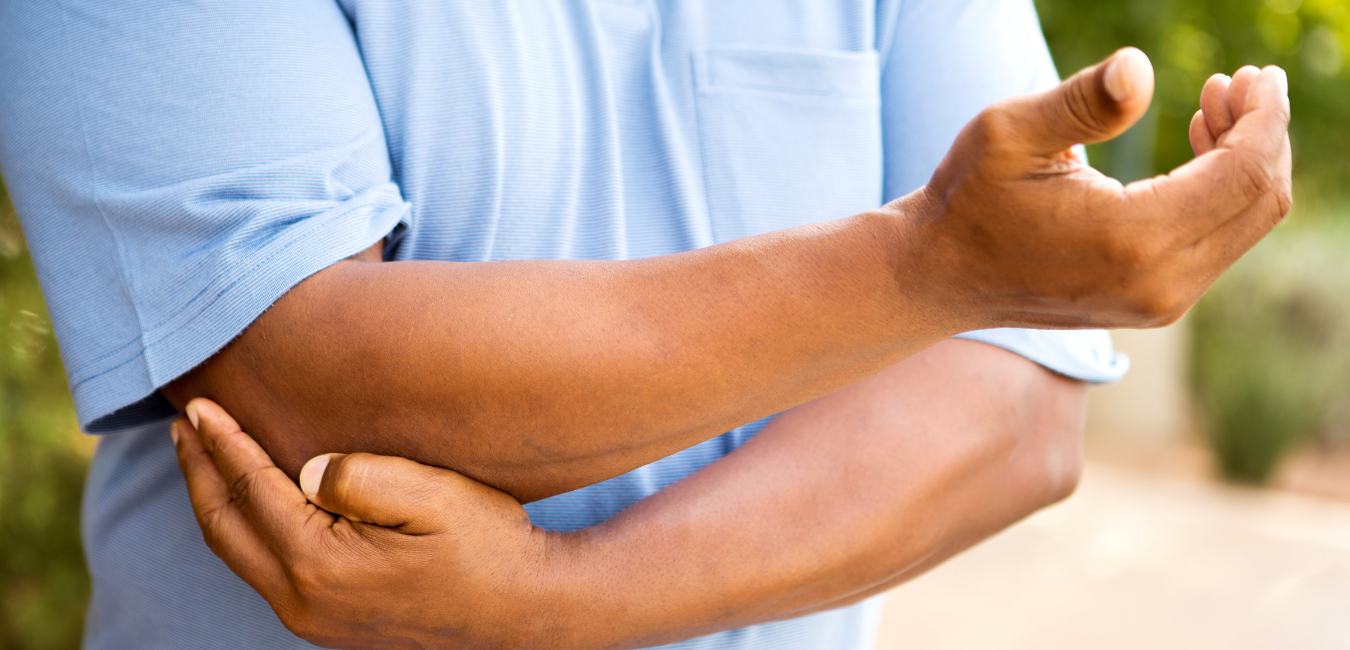Tennis Elbow
Have you ever come home from a long day of working on the tools or at your desk and noticed that the outer part of your elbow is quite sore? If this is something you experience regularly, you may be experiencing a condition known as tennis elbow.
But how can I have tennis elbow if I don’t play tennis? The name derives from the condition’s prevalence among people who play tennis, but it can affect anyone. It’s usually caused by overusing your elbow, arm, or wrist muscles; especially when you are doing something repetitive (such as hitting a tennis ball).
Alternatively, it can be associated with poorly fitted equipment (similar to race car drivers with ill-fitting steering wheels).
If you have experienced this type of discomfort, here are some tips on how to recover from an elbow injury…
Treatments for Tennis Elbow
Rest!
Giving your body time to rest and recover is very important when you don’t play tennis?
People commonly used the term ‘tennis elbow’ for tennis players. However, the actual condition itself is pretty common among the general public.
Let’s take a quick look at the elbow anatomically. In the picture below, we can see that on the outer side of our forearm we have a group of muscles called our wrist extensors (the muscles in red).

If you follow these muscles up towards the elbow, you’ll see that they all converge together into these white bands at our elbow. This is the wrist extensor tendon. As such, tennis elbow refers to an irritation of this tendon, which is medically termed “lateral elbow tendinopathy”. This condition often occurs due to repeated overuse or overloading of this common wrist extensor tendon. Therefore, those we see presenting with this condition often work in occupations that repetitively use the wrist. For instance, gripping objects, frequent heavy lifting, and computer work.
How is tennis elbow treated?
There are different options that medical practitioners utilise, aimed at treating tennis elbow. Commonly, patients are referred for a corticosteroid injection. However, we know from research that these injections often don’t work for tendinopathies.
From the evidence and our experience, we know that an exercise program gradually strengthening the wrist extensor muscles can be highly beneficial. If we strengthen these muscles, then correspondingly, the common wrist extensor tendon will adapt and become stronger itself. This does require patience and consistency, so don’t expect overnight results!
Should your pain be too high for exercise, a physiotherapist can perform a couple of hands-on techniques. In doing so, it may help in easing symptoms to allow you to complete an appropriate exercise program.
If you’re struggling with elbow pain, tennis elbow, or any other repetitive strain injury, book an appointment with one of our qualified physiotherapists. They will be able to guide your treatment from there!

